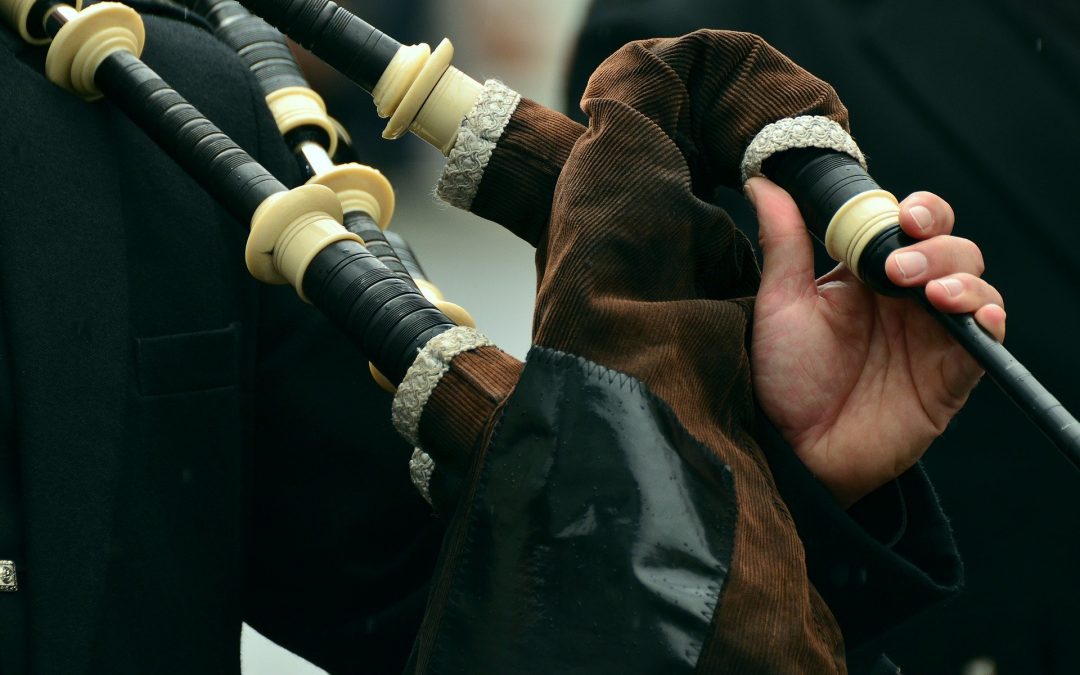In the past I’ve written about the importance of a tune list and the dangers of “plate spinning”. Here’s a little more on that topic.
Bagpipers are always excited about new tunes and different music. That’s great! However, there are some hard and fast guidelines to follow that allow you to learn these new tunes while not discarding everything else you’ve learned or are practicing.
Here’s a scenario: We get a new CD of solo bagpipe music, we hear a tune that intrigues us, and the next thing you know, we are looking for it on the internet, determined that we MUST learn to play it. When we find it, we print it and drop everything else to learn this tune RIGHT NOW. I call this behavior a “BTO” which is short for “Bagpipe Tune Orgasm”, a phrase my wife despises. Oh, well….
Anyway, in my opinion, this kind of behavior – if not properly channeled – can lead to being able to “kind of play the bagpipes” as well as years of non-productivity.
I always say that my job as a teacher each week is to instruct my students on how they should practice during the upcoming week. Because we are learning tunes that we’ll likely be playing for the rest of our lives, we need a different strategy than the normal music learning strategy and our practice figures into that.
As I’ve said in previous blog posts, when you learn to play the trumpet, clarinet, piano and guitar, you’ll be playing “pass through” songs that are only used to teach a specific skill. That is not the case in bagpipe music. As we memorize bagpipe music, we need to start with a different process from the beginning and stick with that process. Personally, I introduce tunes that have certain technical challenges in the course of my program and we build from there. I also encourage my students to buy CDs and listen to the end result of what they’re hoping to achieve. However, this is where “BTOs” can become fatal to your bagpipe career.
Instead, consider doing it this way.
- The first thing that you need is a list of tunes that you already play. Any new tunes that intrigue you can be put at the bottom of your list. Why the bottom and not the top? If you start your practice with a new tune, you’ll struggle for about 5 minutes, put your chanter down, and walk away from the table. In most cases you’ll get involved in something else and not get back to it until the next day. So, what did you accomplish? Five minutes of practicing? Probably. That’s why starting with something you know is essential.
- Better yet, if you have some technical exercises to do, you should work on them first for about 5 to 10 minutes. THEN you can play down your tune list. Remember, every time you’ve played a tune, you’ve won! People like to win. If you’re winning, you are going to want to do more. In addition, as you work your way down the list, the fact that you are reviewing a tune brings you another step closer to memorizing it.
I honestly believe that when you reach the point when a tune is memorized, it will take less time for you to memorize the next one. It’s like developing a muscle in your brain that you’ve never used before. As it gets stronger you will eventually be at a point where you eat tunes for breakfast, lunch, and dinner, so to speak. You’ll be memorizing quickly!
After 40 years of doing this, I can quickly develop and memorize a tune. If you keep at this, I believe that will eventually happen to you. However, FEAR (False Expectations Appearing Real) of not being able to memorize will limit this ability. Usually, this fear is caused by an unrealistic goal of memorizing a tune by a certain date. If you are new and want to compete in the spring and summer, you should start your new tunes in September.
So, make that list today. Remember, tunes you already know go at the top and new tunes you’d like to learn go at the bottom. Don’t worry. With enough practice you’ll make it to that much-coveted tune!

